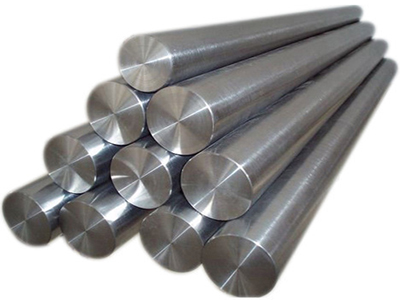The world as people are familiar with couldn’t have been possible if advancements weren’t made in the forging sector. This post will try to shed some light on the matter. Read on to know more.
The world, as you know it, is possible because of the progress humans made in the industrial sector, specifically forging. The car you ride, the office you work in and the occasional subway you take are some of the many examples of how forging as an industrial process is intertwined with the modern life most people around the globe take for granted.
This post will shed some light into the forging process to get readers up to speed on forging and its many interesting facts.
So What is Forging?
The manufacturing process where metal sheets are pounded pressed or squeezed using immense pressure in a bid to create certain products is known as forging.
What is the Role of Forging and What are Its Applications?
As per historical records, forging has been the part and parcel of civilization since the Egyptians or even before them.
In modern days, it is used to fabricate parts that boast impressive tensile strength, especially when compared to products manufactured using other metal processing techniques such as casting.
Forging, specifically carbon steel forging, is the go-to process when one wants to fabricate parts that find applications in –
- Airplanes
- Automobiles
- Tractors
- Ships
- Oil drilling equipment
- Engines
- Missiles and more.
What are the Various Types of Forging Process?
There are plenty of variations when it comes to the standard forging process. The following are some of the most commonly used types -
- Impression Die Forging
- Open Die Forging and
- Rolled Ring Forging
What Benefits does Forging offer Over Casting?
Well, there are plenty. Some of them are enunciated in the sections below -
Forged Parts are Stronger Compared to Cast Parts
Parts made using the casting method cannot even begin to show the structural integrity needed to remain operationally intact when subjected to rapid changes in working temperatures. That is not the case with forged parts. This is the reason why internal combustion engine blocks, pistons, brake calipers and the likes are made using the forging process such as stainless steel forging instead of the casting process.
Forged Parts Come with Fewer Structural Defects
Parts made using casting process do not come with the molecular structure or the grain flow needed in a part that allows the same to remain structurally intact when subjected to stress or strain.
Forged parts, on the other hand, comes with the dendritic structures such as refined grain flow and molecular structure that allows the same to show impressive tensile strength, irrespective of the working conditions the part is being subjected to.
Forged Parts are Reliable as well as Cost-efficient
Parts made using the casting process, as mentioned earlier comes with a lot of flaws. This is the reason why, they need to be subjected to several quality control protocols. Now, quality control means a lot of money down the pipeline. This is the reason why metal processing companies are often asked by their clients to produce parts using cost-efficient techniques such as carbon steel forging.
It is as simple as that!
In the end, one should also know that even with new-age processes that aim to produce products using composite material in a bid to phase out forged products, the former need a lot of money and time for research as well as development purposes. Furthermore, the structural integrity of composite products cannot even begin to match the structural integrity of forged products. Hence, no matter how hard one tries to phase out forging and forged products, they are here to stay.
























